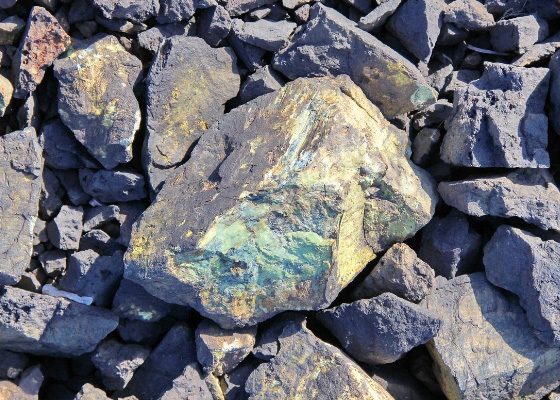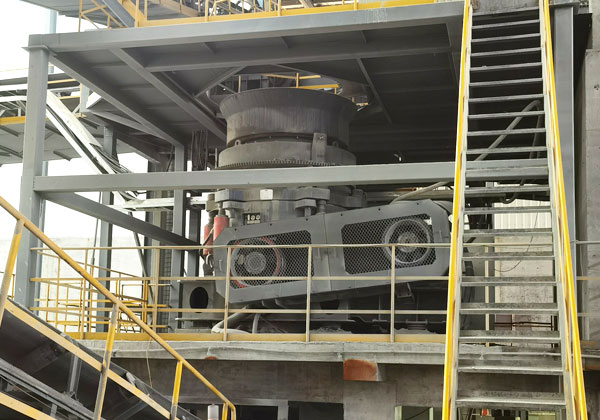Designing a copper ore crushing plant requires careful consideration of the plant’s capacity, as it directly influences the production efficiency and overall operation. A well-planned plant should be able to process the required tonnage of ore while maintaining optimal crushing efficiency and minimizing operational costs. Typically, the capacity of a copper ore crushing plant is expressed in terms of tons per hour (TPH) or tons per day (TPD). This capacity is determined by various factors, including the ore characteristics, crusher types, and the desired final product size.

The capacity of a copper ore crushing plant is largely dependent on the type and size of the crushers employed. To achieve the desired capacity, the crushing plant typically incorporates a multi-stage process. The first stage involves primary crushing, where large chunks of ore are reduced to manageable sizes, typically using jaw crushers or gyratory crushers. These machines are capable of handling high-capacity operations, often processing several hundred tons per hour. The primary crushed ore is then conveyed to secondary and tertiary crushers, where it is further reduced in size. Cone crushers and impact crushers are commonly used at these stages, ensuring that the ore is crushed to a size suitable for grinding and processing.

In addition to the crushers, other critical components of a copper ore crushing plant include feeders, conveyors, screens, and storage bins. The feeders are used to control the feed rate to the crushers, ensuring that the plant operates at its designed capacity. Conveyors transport the crushed material between different stages of the plant, while screens are used to classify the crushed material into different size fractions. Storage bins provide surge capacity, allowing for continuous operation even when there are fluctuations in the feed rate.
The capacity of a copper ore crushing plant can also be influenced by the characteristics of the ore itself. Factors such as ore hardness, moisture content, and the presence of clay or other impurities can affect the crushing efficiency and throughput. To optimize plant capacity, it is essential to conduct thorough ore testing and analysis during the design phase. This information can be used to select the appropriate crusher types and sizes, as well as to determine the optimal operational settings for each stage of the crushing process.
In conclusion, the capacity of a copper ore crushing plant is a critical factor that must be carefully planned and optimized to ensure efficient and cost-effective operation. By selecting the right combination of crushers, feeders, conveyors, and other equipment, and by taking into account the specific characteristics of the ore, it is possible to design a plant that meets the required capacity while delivering high-quality, consistent output. Proper planning and design will not only improve the plant’s performance but also reduce downtime and operational costs, leading to increased profitability in copper ore processing.

